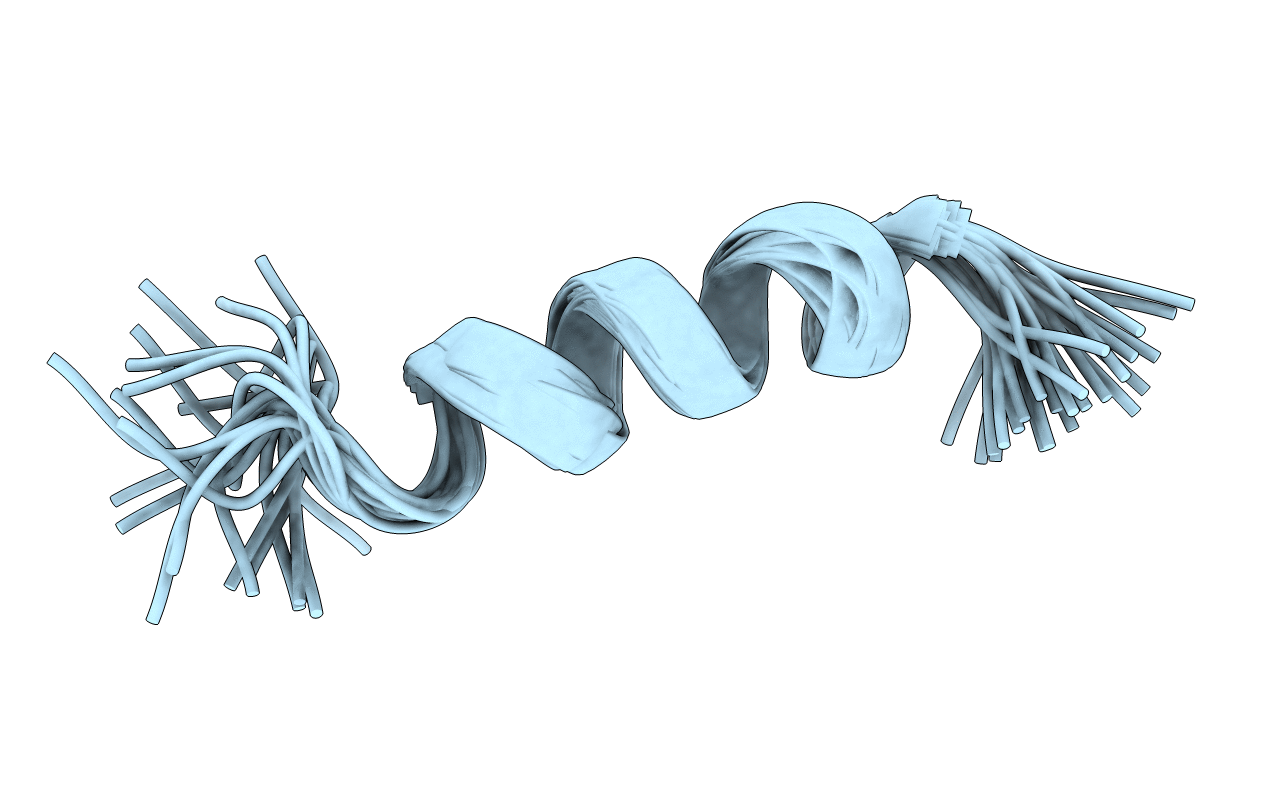
Deposition Date
2004-10-06
Release Date
2005-09-27
Last Version Date
2024-05-22
Entry Detail
PDB ID:
1XOP
Keywords:
Title:
NMR structure of G1V mutant of influenza hemagglutinin fusion peptide in DPC micelles at pH 5
Biological Source:
Source Organism:
Method Details:
Experimental Method:
Conformers Calculated:
25
Conformers Submitted:
25
Selection Criteria:
structures with the lowest energy


